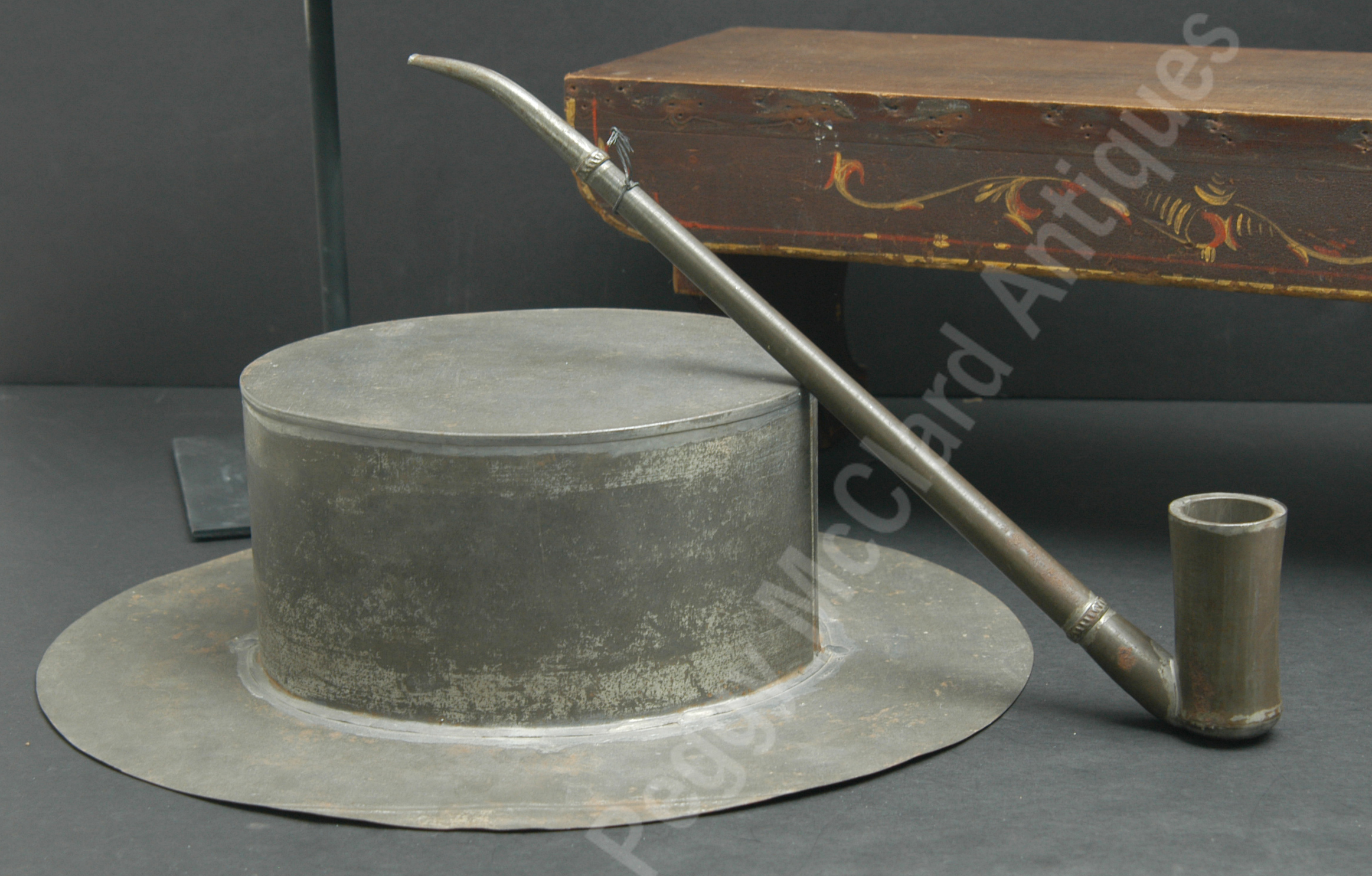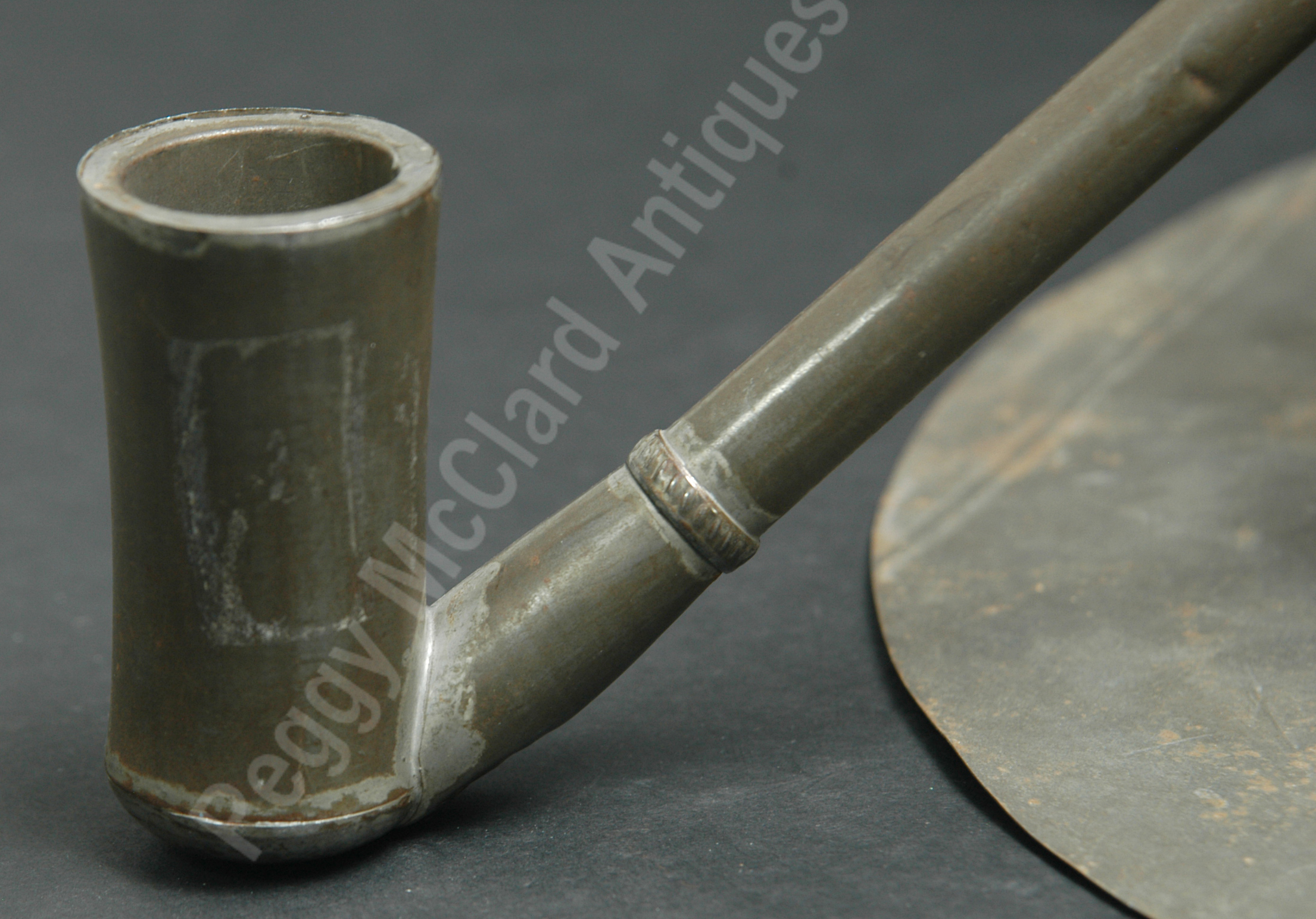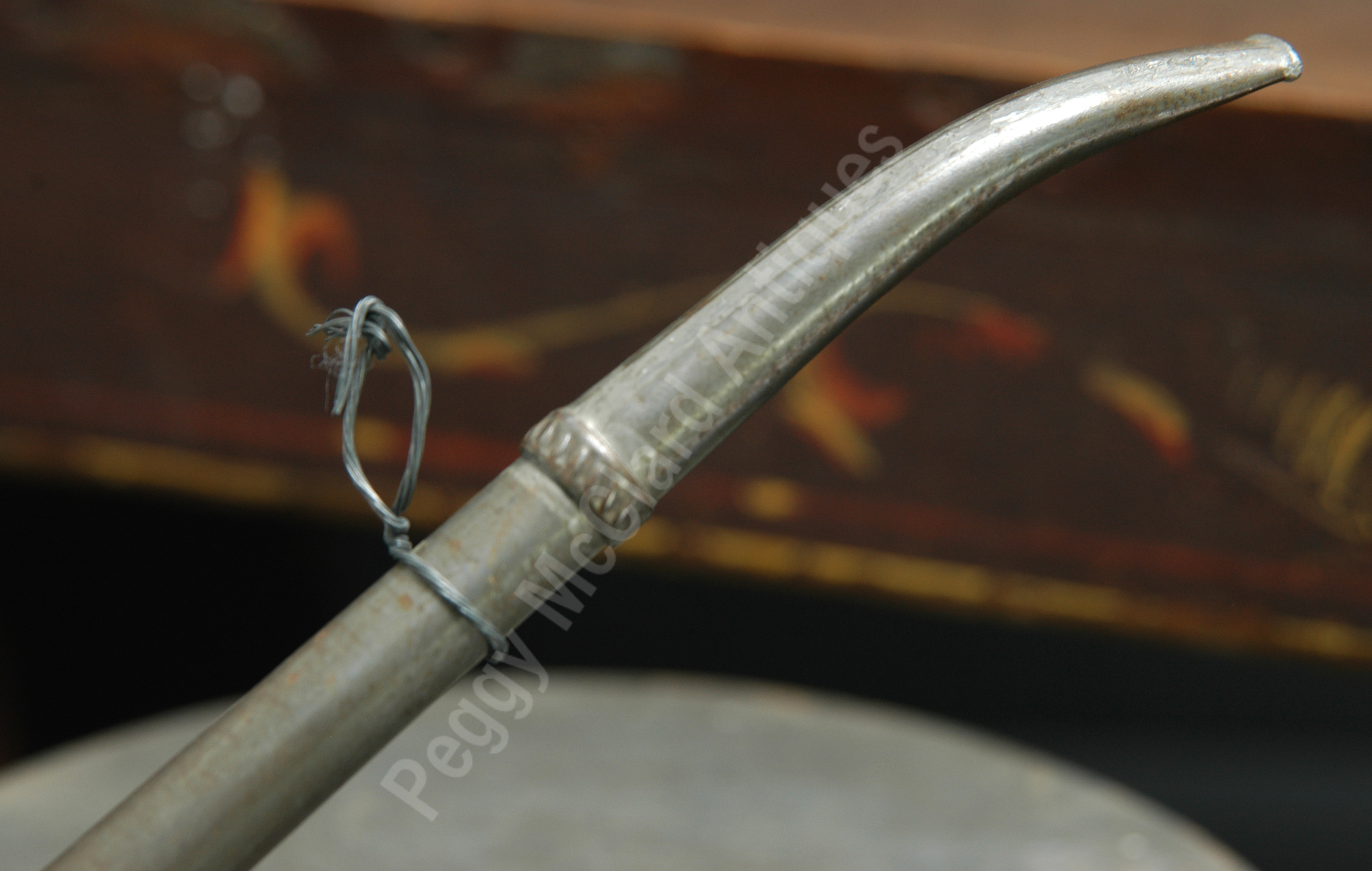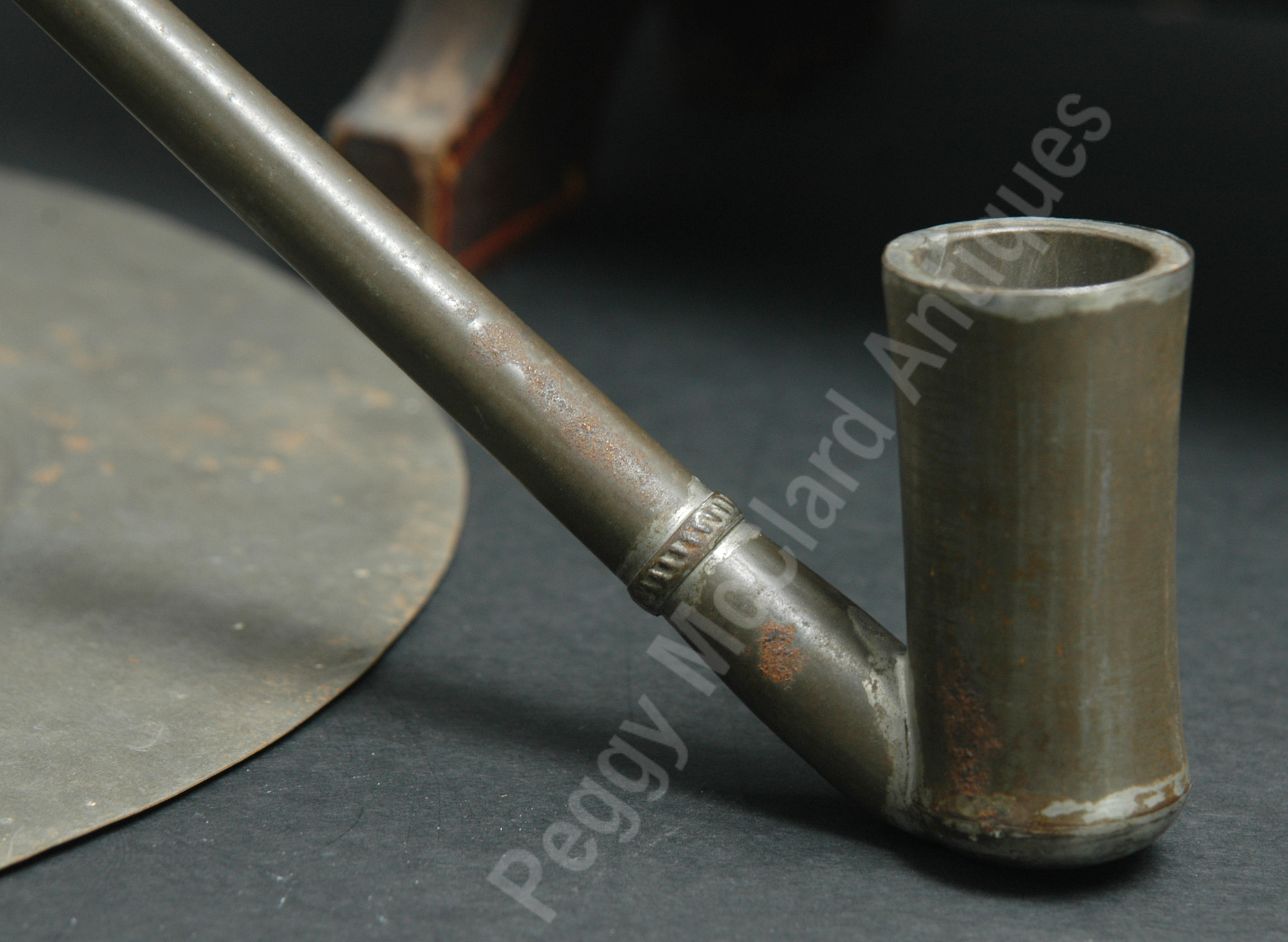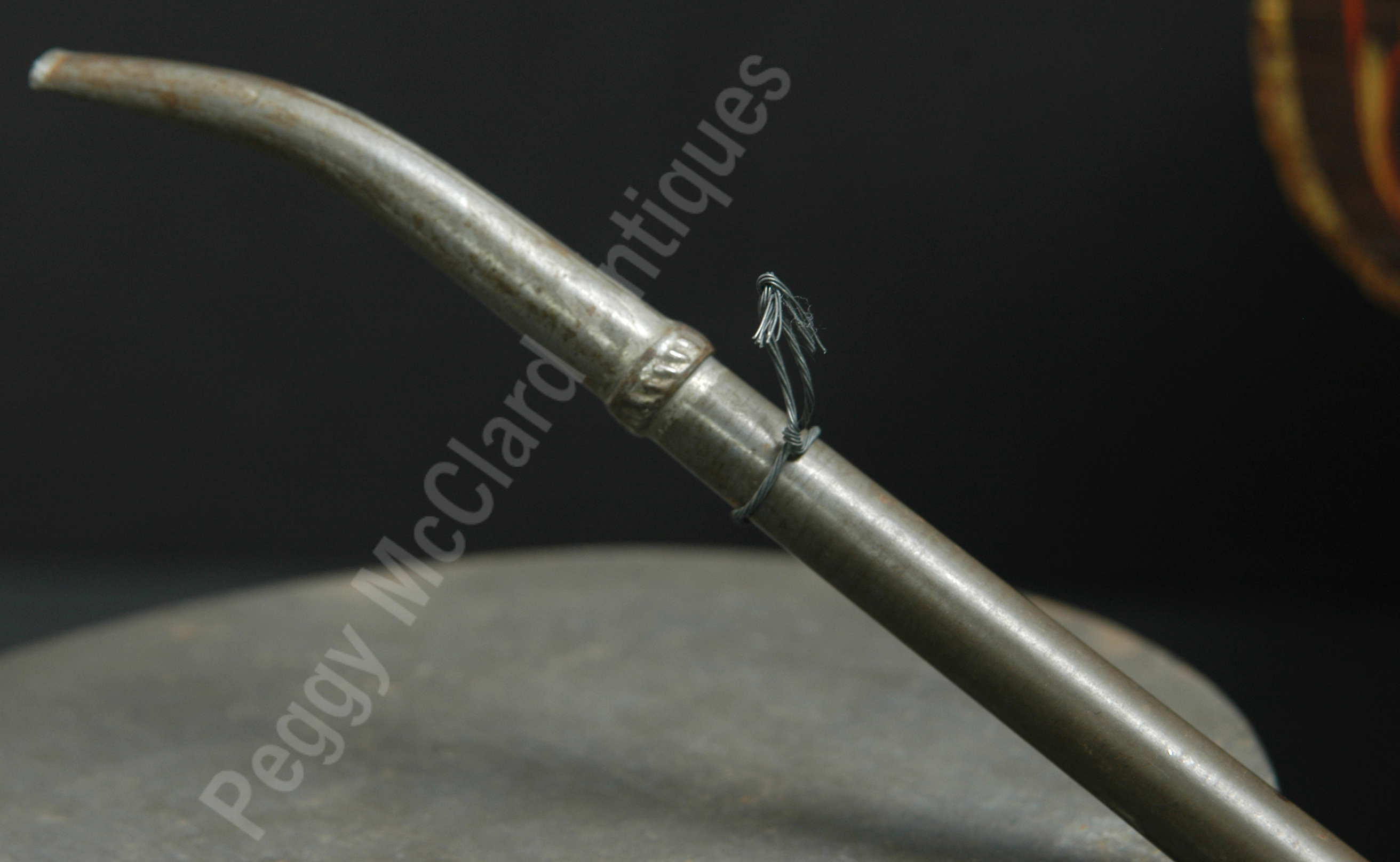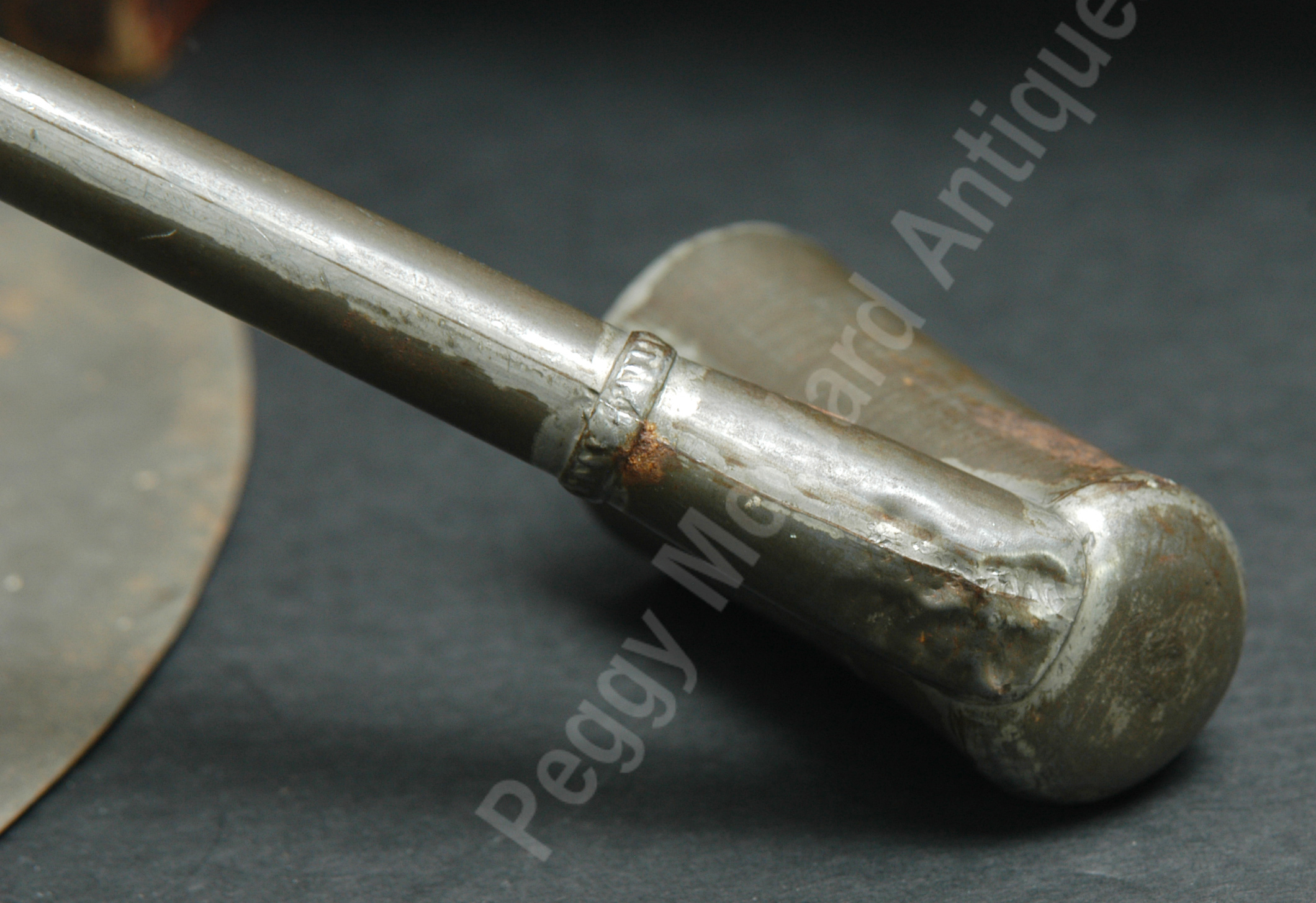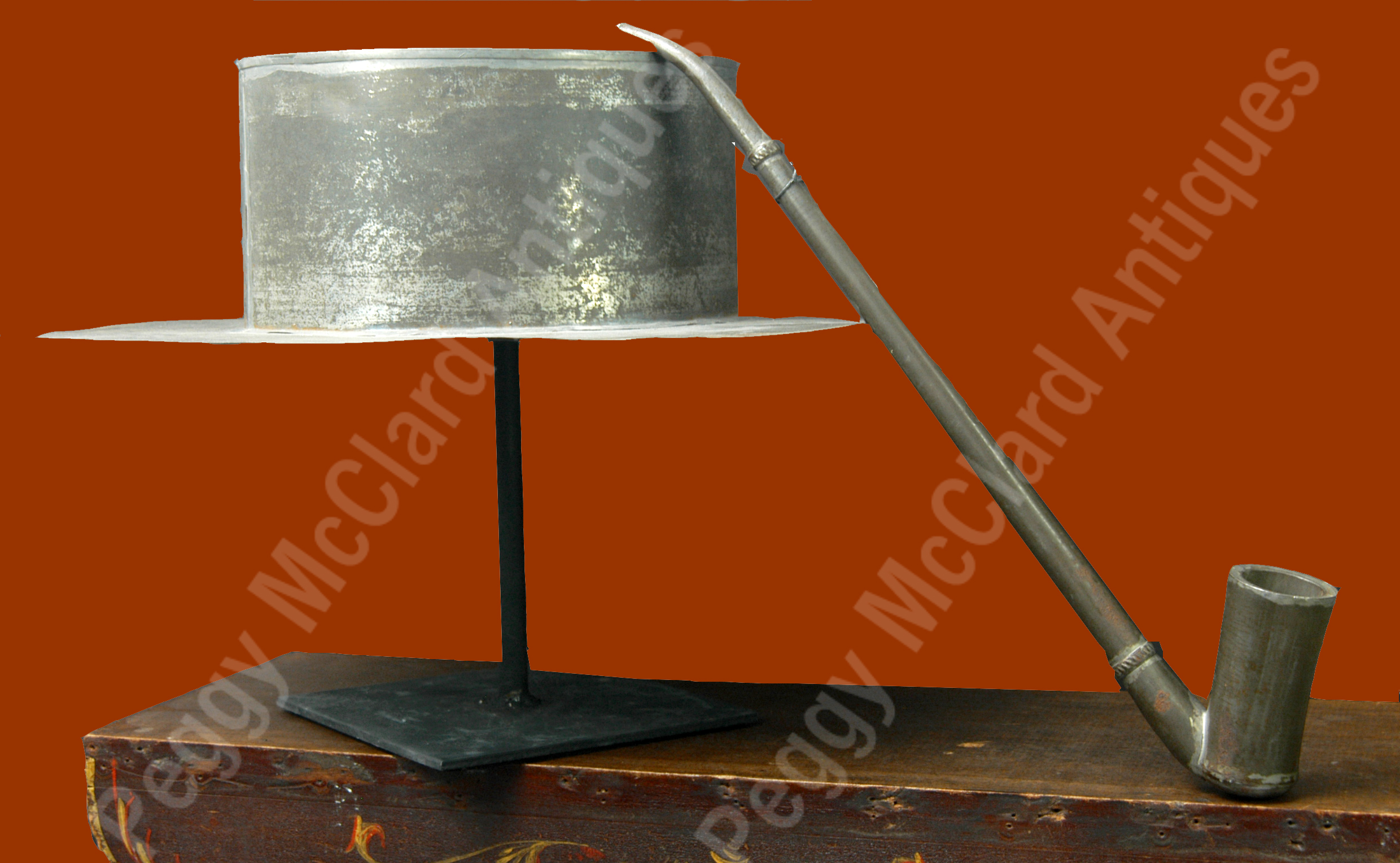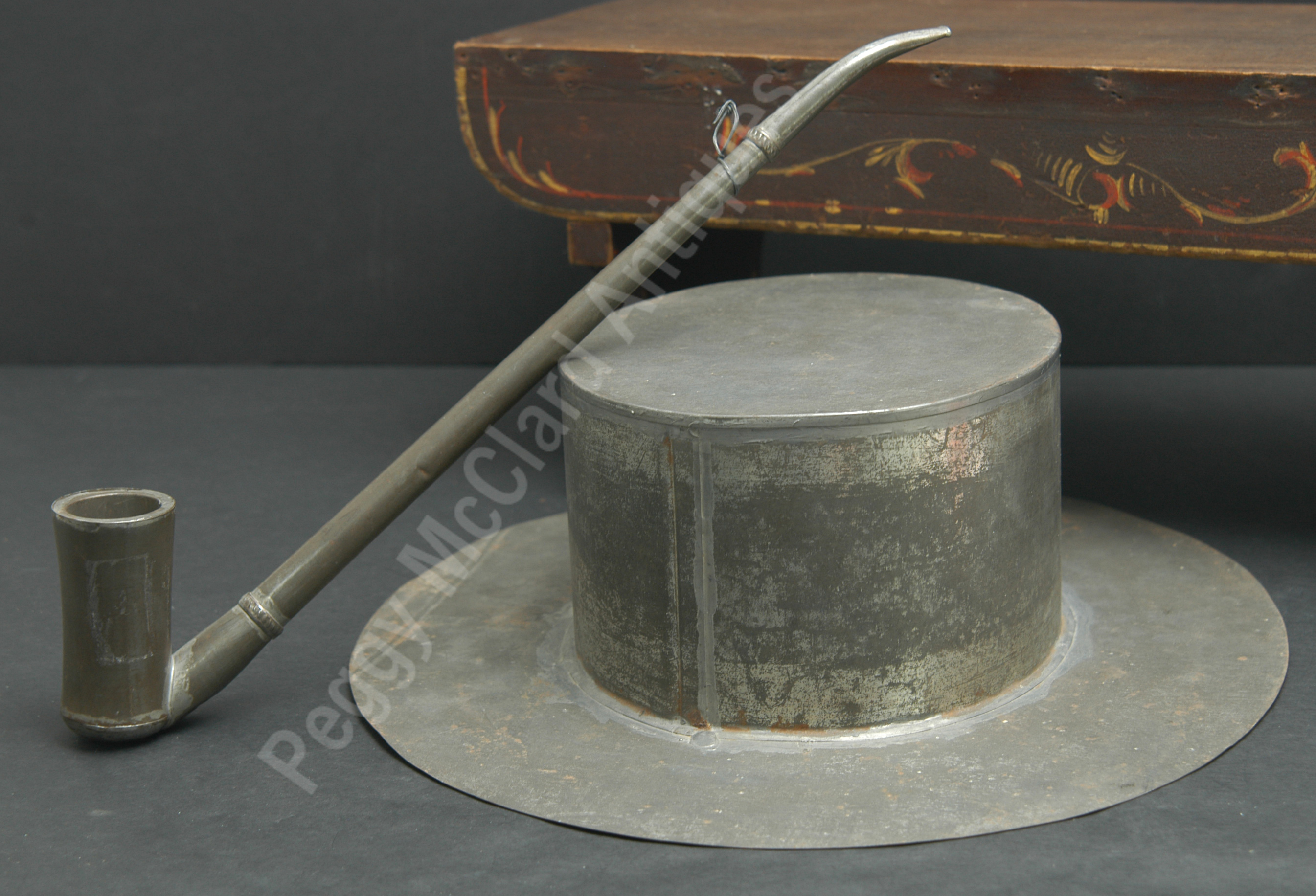
In the beginning of America’s history, people had no time for frivolities. Life in the Colonies and New Republic was hard and time-consuming. Everything had to be made by hand, grown locally, self-built—either alone or with help from a few good neighbors. With the Industrial Revolution of the 1830s, things got a bit easier, people had more free time and generally were financially better off than their ancestors. The Victorians in America were looking for ways to socialize and enjoy life. By the mid-19th century, celebrations with friends became very important to people and their social calendars.
Big boisterous wedding anniversary celebrations became more important and quite popular. The tenth wedding anniversary was particularly important. Because life expectancy was shorter, most couples could not count on celebrating a 25th or 50th anniversary. A decade together was a cause for celebration. Tin was the traditional gift for 10 years. Tin bends instead of breaking, much like a married couple must learn to bend to make the marriage work instead of breaking. After ten years, the couple had obviously learned to bend and had a need for a great celebratory day. Etiquette books said that the original wedding guests were to be invited along with others. Surely there were practical gifts of tin given to replace the ones that had worn out after 10 years of daily use. However, the heart of the celebration for those who were a bit more well-to-do was humorous gifts made of tin. Tinsmiths offered fun items such as kitchen aprons, top hats, ladies bonnets and riding hats, slippers, shoes and even boots, fiddles, pipes, tin vases or nosegays filled with tin flowers, tin baskets of all shapes and sizes, giant tin hair combs and tiny tin cradles. Tinsmiths could keep patterns for these items and make them to order. Undoubtedly, some of these creative gifts were custom-made with the characteristics of the recipient in mind and some were made by guests themselves. Invitations were made of tin or tin foil wrapped card and sent in tin envelopes. One collection holds a framed tin wedding certificate to celebrate the anniversary.
Without a doubt, most of these special pieces of folk art were later given to children for play or tossed out by a later generation. Few remain. However, the several museum collections of these desirable antiques have often been found as a complete collection that was kept together by the couple and then their family members. The Ontario County Historical Society of Canandaigua, New York, has (or had) a collection of more than 100 tin gifts presented to one couple in 1867. Suffield Historical Society of Connecticut was gifted another single owner collection of over 100 pieces that were kept together and passed through the family since 1869. The folk tradition of celebrating the 10th anniversary as the tin anniversary was uniquely American and started to fall out of favor around the turn of the 20th century. It seems like a tradition that would be fun to resurrect in the 21st century—don’t you think?
This is a fantastic oversized Churchwarden Pipe. I believe the other two listings may have been part of the anniversary tin exhibition at the Museum of American Folk Art in 1985 because all of these items are from the same Philadelphia Collection. However, I know this pipe was part of that exhibition because it illustrates the Museum’s article about the exhibition that was written by the guest curators of the exhibition and published in the Museum’s former magazine, The Clarion. Churchwarden Pipe is the common name for a long-stemmed pipe. These pipes are one of the oldest shapes of pipes, believed to have originated in the Asian countries that were then called “the Orient” where they were made of numerous materials that are generally associated with pipes but also including exotic materials such as jade. The same theory on the Asian beginnings also believes that these pipes were first designed to smoke opium. In the 16th century, the English enjoyed these long-stemmed pipes, made of clay, and with very long elegant stems and thin bowls. The Dutch redesigned the pipe to have a larger bowls and even longer stems. The Dutch design was soon back in England where the English added a graceful curve to the stem and began calling them “Yard of Clay” or “Churchwarden”. Of course, the English brought these clay Churchwarden Pipes to the Colonies where the shape was adopted by Americans who still make some of these pipes in currently popular materials. There are many reasons given for the shape of these pipes. The long stem produces a cooler smoke because of the long distance from bowl to mouth. The smoker’s face is kept further away from the smoke coming out of the bowl (and the fire used to light the tobacco). Some say that the long stem allowed a church-going smoker to rest the bowl of the pipe on the back of church pews. This particular theory seems a bit odd as the long stem would move the smoke away from the smoker and put it closer to the person sitting directly in front of the smoker. I’m sure people were more tolerant of being around smoke in earlier centuries but this seems just plain rude! Another theory that gives reason for the popular name is that churchwardens smoked these pipes as they kept watch because the long stem kept the smoke out of their line of sight. Whatever the actual background of this pipe shape, there is no doubt that it was very popular with 19th and 18th century Americans. This anniversary tin pipe is beautifully made and the best tin pipe I’ve had. It is beautifully constructed with added ornamentation on the stem just below the mouthpiece and again above the bowl. You can see a change in patina color at the soldered seams. The outline for an old adhesive sticker has left a mark on one side of the bowl (shown in one of the photos below). The bottom of the bowl has some denting which you can see in a photo below. However, the denting does not show when displayed. There is a rigged wire hanger that allows you to hang it on the wall. The pipe is 16” long and the bowl is 3 ½” tall….this is exceptionally large for a tin Churchmans Pipe. This is a really fantastic piece of American folk art and an exceptional piece of anniversary tin. Circa 1850-1880.#5782 Sale Pending
Provenance: Private Philadelphia Collection
Exhibited: “Marriage Milestones Tenth Wedding Anniversary Tin”, Museum of American Folk Art, Dec. 14, 1984-March 3, 1985.
Published: Clokey, Nancy & James D., “Marriage Milestones Tenth Wedding Anniversary Tin”, The Clarion, Winter 1985, American Folk Art Museum, 28. I am currently having problems adding links to external articles, but you can see the entire magazine at https://issuu.com/american_folk_art_museum/docs/clarion_win1985.
References for Churchwardens Pipes:
”Churchwarden Pipe”, Wikipedia at https://en.wikipedia.org/wiki/Churchwarden_pipe, information gathered July 3, 2016.
Lilley, Jim, “Churchwarden Pipes, Pipedia A Wiki for Pipes at https://pipedia.org/wiki/Churchwarden_Pipes, information gathered July 3, 2016.
Boughton, Robert M., “Concerning the Rising Popularity of Churchwardens in General, a Little about Their History and the Cleanup of a Barely Smoked Savinelli Rustic Aged Briar,” rebornpipes Blog, online article at https://rebornpipes.com/2015/04/25/concerning-the-rising-popularity-of-churchwardens-in-general-a-little-about-their-history-and-the-cleanup-of-a-barely-smoked-savinelli-rustic-aged-briar/, information gathered July 3, 2016.
References for Anniversary Tin:
Clokey, Nancy & James D., “Marriage Milestones Tenth Wedding Anniversary Tin”, The Clarion, Winter 1985, American Folk Art Museum, 26-36. The flip magazine can be found online at entire magazine at https://issuu.com/american_folk_art_museum/docs/clarion_win1985, information gathered July 3, 2016.
Coffin, Margaret, American Country Tinware 1700-1900 Thomas Nelson & Sons, Camden, NJ, 1986. 25, 27.
Lipman, Jean, Warrant Elizabeth V., Bishop, Robert, Young America: A Folk-Art History Hudson Hills Press in Association with The Museum of American Folk Art, New York, 1986. 180-81.
“Tin Wedding Anniversary Major Milestone in 19th Century”, Country Home Magazine, April 19, 1986, online at http://articles.orlandosentinel.com/1986-04-19/business/0210390284_1_tin-anniversary-19th-century.

